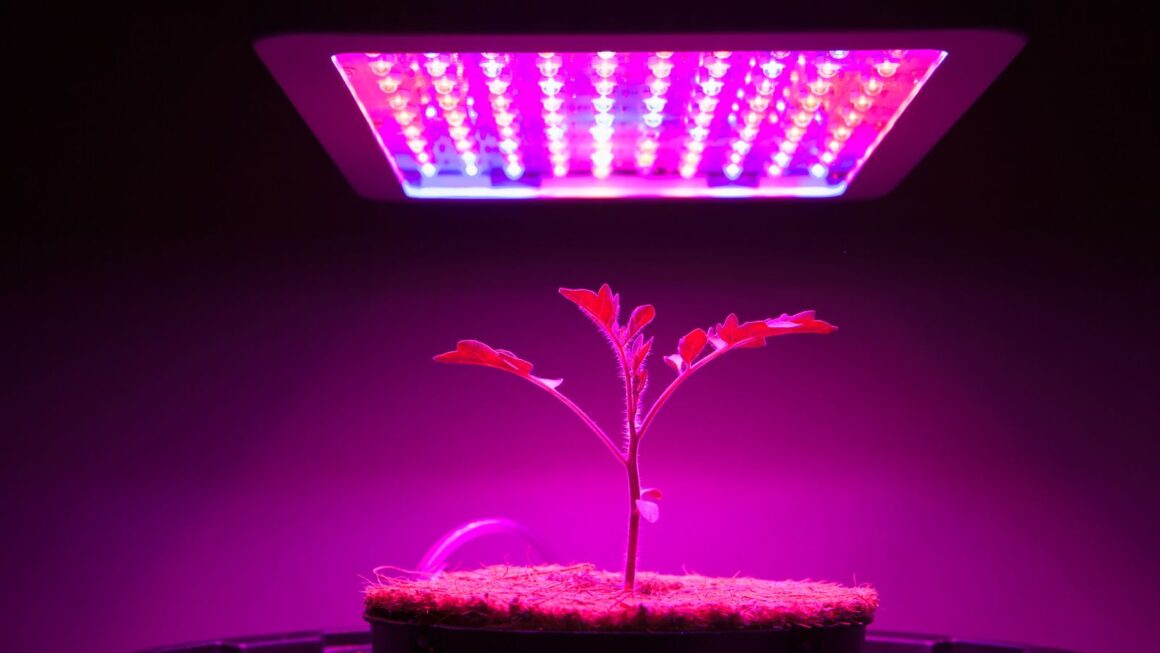Sustainability is no longer a future ambition; it’s a present-day necessity. For businesses across sectors, environmental responsibility is now a defining part of how operations are planned and assessed. As buildings become more efficient and ecological targets more demanding, every element of design and infrastructure is being revisited, including ventilation systems. This is where recycled fabric ducting plays an important role, offering sustainable ducting that helps the environment while meeting high-performance requirements.
What Is Recycled Fabric Ducting?
Recycled fabric ducting refers to air distribution systems made from materials derived from post-consumer recycled content, most commonly plastic bottles (PET). Instead of using virgin polyester or metal, Prihoda is now offering ducting made from 100% recycled fibres.
While traditional metal ductwork has long been the standard in ventilation, it comes with several environmental and logistical drawbacks. It is heavier to transport, harder to install, and typically less energy-efficient in terms of airflow and maintenance. Recycled fabric ducting offers an innovative and greener alternative without compromising on function or performance.
Supporting Business Sustainability Goals
Many businesses are now pursuing ISO 14001 certification, reducing their carbon footprint, or aligning with broader ESG strategies. Investing in sustainable ducting that helps the environment supports these goals in a practical, visible way.
Using recycled fabric ducting can contribute to BREEAM, LEED and WELL certification schemes, all of which assess and reward environmental performance in commercial buildings. Choosing ducting that’s made from recycled PET also helps reduce the demand for virgin plastics, lowering resource extraction and associated carbon emissions.
Additionally, Prihoda’s recycled material ducting has a much reduced embodied carbon content than a traditional galvanised metal alternative.
Performance Without Compromise
One of the most important points to highlight is that sustainability does not mean compromising on quality. Recycled fabric ducting systems are engineered to the same standards as their conventional counterparts. They are capable of distributing air evenly and efficiently, supporting a wide range of applications from commercial offices to schools, factories, and leisure centres.
The fabric allows for custom air permeability, noise reduction and condensation control, which makes it particularly suitable for spaces requiring consistent comfort and air quality. Lightweight and flexible, it is also easier to handle and quicker to install compared to rigid systems, which can reduce labour costs and installation time.
Moreover, the aesthetic quality of fabric ducting can be an advantage in visible installations. Available in a wide variety of colours and shapes, it blends into modern spaces more seamlessly than metallic systems, especially when bespoke branding or subtle integration is required.

Why Recycled Matters
Every square metre of recycled fabric ducting made from recycled PET reuses dozens of plastic bottles. This reuse has a meaningful impact. By repurposing waste that would otherwise contribute to landfill or ocean pollution, businesses make a direct contribution to a more sustainable future.
The production of recycled polyester typically uses less energy and water than virgin fibre production. Additionally, since fabric ducting is significantly lighter than traditional metal ductwork, its transport and handling require less fuel and energy, reducing the carbon footprint of delivery and logistics.
By choosing sustainable ducting that helps the environment, companies demonstrate leadership and innovation – two qualities that are increasingly valued by stakeholders, clients, and regulatory bodies alike.
Industries That Benefit from Green Ventilation
The versatility of recycled fabric ducting makes it suitable for a wide variety of sectors. In education and healthcare, where indoor air quality and environmental impact are closely scrutinised, the combination of hygiene and sustainability is especially relevant. Similarly, retail, leisure and hospitality environments benefit from its aesthetic customisation and quiet performance.
In industrial and manufacturing settings, where high airflow is required, fabric ducting systems can be designed to distribute large volumes of air efficiently and evenly. The use of recycled materials in these settings is an added advantage, supporting green manufacturing targets and CSR reporting.
A Smart Long-Term Investment
While recycled fabric ducting may have a slightly higher initial cost compared to non-recycled options, the long-term benefits often outweigh this. Improved energy efficiency, reduced installation costs, and enhanced environmental credentials offer lasting value. For new builds and refurbishments alike, it is an option worth serious consideration.
Making sustainable choices in HVAC is not just about meeting regulations. It is about futureproofing your business and aligning infrastructure with modern expectations. In a time when companies are increasingly held accountable for their environmental impact, every sustainable material decision counts.
Recycled fabric ducting provides a clear pathway to cleaner, greener ventilation. As a sustainable ventilation option that helps the environment, it delivers high performance while actively reducing the carbon footprint of your building. For businesses ready to embrace sustainability without compromise, fabric ducting made from recycled materials offers both a practical and responsible solution.


